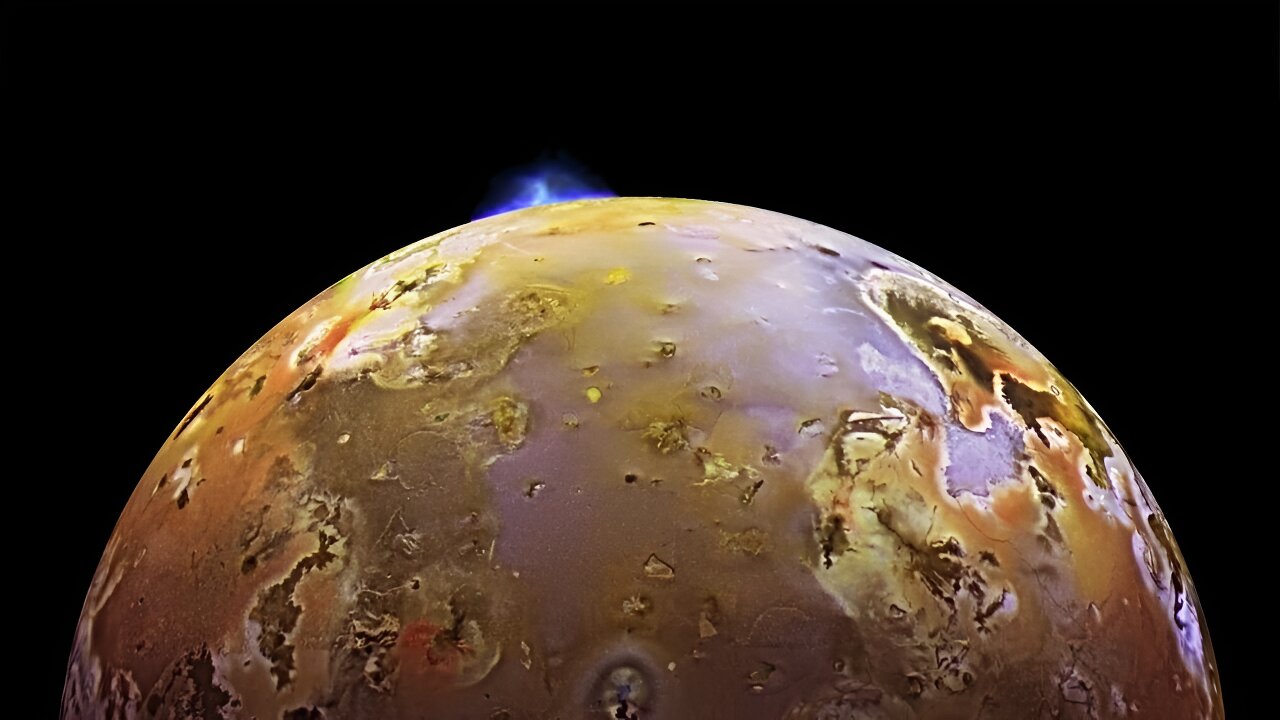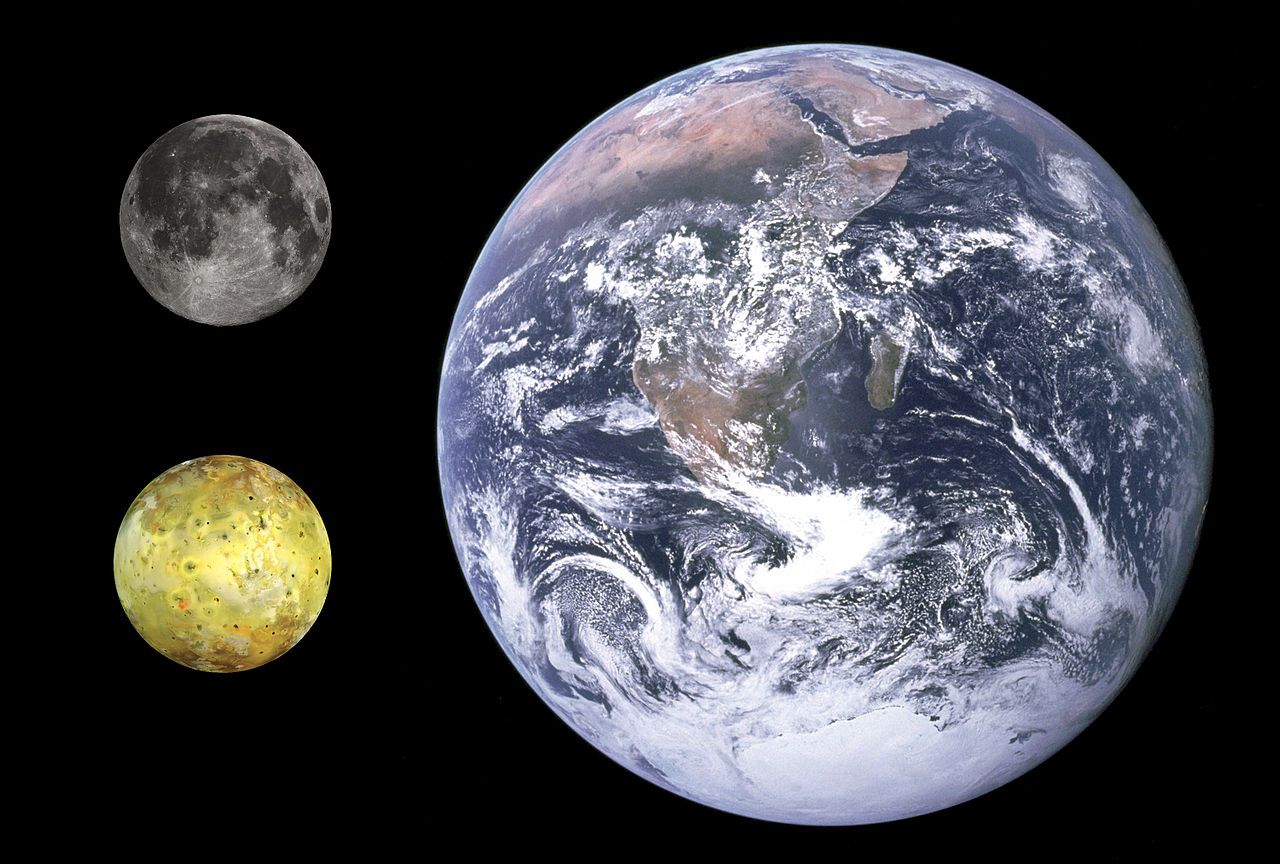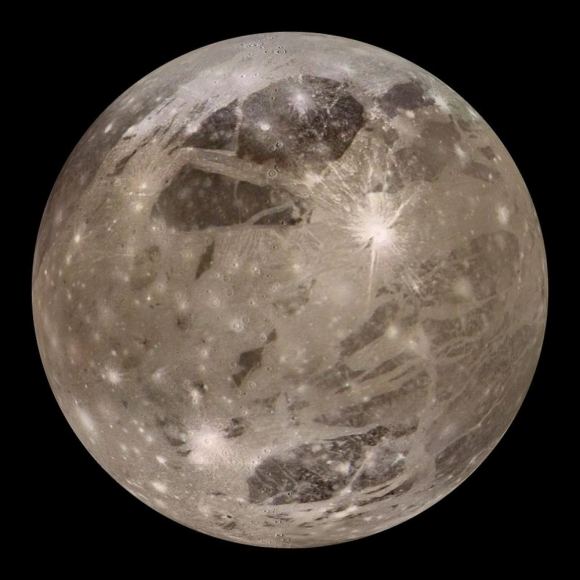
I confess that I find myself caught in a dichotomy of viewpoints when it comes to AI art; on the one hand, there is a huge potential for using AI tools to enhance the creative process and allow the artist to produce some truly stunning and innovative art. Countering this are the twin concerns of the potential for AI tools to be terribly degenerative towards genuine artistic skills under the guise of “democratising art for all”, and the fact that very often – as with Midjourney, the current darling of art AI proponents – those behind such tools are content to raise a large middle finger towards concerns of copyright & artists’ rights as they pull “source” material from wherever they deem fit.
As a result, I’ve tended to exercise caution in reviewing exhibitions of AI art in Second Life. Not that I deem it unworthy or have doubt towards the artists concerned; rather, it is the fact that it is not always easy to identify the broader provenance for such art in terms of a potential for it to incorporate elements which might be regarded as violating the copyright of others. Fortunately, there are artists and exhibitions with SL utilising AI where the provenance for the pieces lays so clearly with the artist’s imagination and skill, they can be seen and enjoyed entirely in their own right and without the broader questions surrounding the use of AI intruding.

Such is the case – once again – with the work of Monique Beebe, who recently opened On the Move at the recently relocated Kondor Art Centre, operated and curated by Hermes Kondor.
On the Move is not just an exhibition; it’s a leap into a new era of artistic expression. Whether you’re a connoisseur of art and technology, a futurist, or simply an admirer of the creative process, this exhibition promises to leave you spellbound and questioning the limits of human and AI collaboration. … An exhibition that pushes the boundaries of creativity through the fusion of MidJourney AI, cutting-edge Gen2 MP4 technology.
This might sound a grandiose statement as the official introduction to On the Move, but I guarantee you it is not. I’ll also guarantee that the still images provided here do not come close to the beauty and creativity found within each of the collection’s images, every one of which is imbued with a richness of motion and life founded on Monique’s own creative eye and ability to capture thought, emotion and humanity.

As I’ve frequently noted in covering her work, Monique – or Moni to her friends – is one of the most gifted individuals to enter the Second Life art world; an artist whose expressiveness is utterly captivating and who is herself wholly captivated with the creative process. She had been active in Second Life for nigh-on a decade prior to her first public exhibition in February 2017 – an exhibition which came about thanks to the gentle and considered encouragement from Dido Haas, taking place at her Nitroglobus Roof Gallery. Avatar-centric, it was an exhibition which immediately captivated me (see: Hidden Faces in Second Life), and led me to becoming a keen follower of Moni’s work over the intervening years.
Indeed, following Moni’s evolving expressiveness, her ability to challenge herself by constantly evolving her technique and style, the manner in which she has driven headlong into a variety of creative processes – photography, art, digital recording – all the while refining her abilities and extending her craft, has for me been an utter delight. Her desire to learn, to grow her art and cultivate new skills towards that end has led to a series of exhibitions startling in their beauty and emotional content, and which just under a year ago saw her present her first exhibition utilising AI tools, also at the Kondor Art Centre (see: Monsters, Demons and Chess in Second Life).

As per its own introduction, On the Move once again utilises AI (MidJourney), with Moni combining its algorithmic power with still images, video and animations to produce 14 looping images-in-motion; a veritable tour de force in a mastery of digital techniques and incredible expressions of beauty and artistry which transports us instantly into the worlds of Moni’s imagination and creative expressiveness.
From the simple turn of a (Tilda Swinton-esque) head and slow blink of eyes (Eyes are mirror of the soul) to the utterly enthralling Where the magic begins, these are pieces which honestly sit well above the ability of mere words to encompass. Each is a visual essay in its own right – but more to the point, it is in their motion that their emotional depth resides, each one pulling us towards its narrative and passional core; as such, they really should be seen first-hand. Further, they collectively stand as a triumphal validation of the multiple hours of learning, trial, error and perfection of technique that have enabled Moni to offer art which is both truly representative of the positive potential of AI and digital capabilities as the tools (rather than the subsummation) of genuine artistic expression and creativity.
SLurl Details
- Kondor Art Centre (Royal Tea, rated Adult)















